
Originally published on The Road to AI We Can Trust
GPT-4 is amazing, and GPT-4 is a failure.
GPT is legitimately amazing. It can see (though we don’t have a lot of details on that yet); it does astonishingly well on a whole bunch of standardized tests, like LSATs, GREs, and SATs. It has also already been adopted in a bunch of commercial systems (e.g., Khan Academy).
But it is a failure, too, because
- It doesn’t actually solve any of the core problems of truthfulness and reliability that I laid out in my infamous March 2022 essay Deep Learning is Hitting a Wall. Alignment is still shaky; you still wouldn’t be able to use it reliably to guide robots or scientific discovery, the kinds of things that made me excited about A(G)I in the first place. Outliers remain a problem, too.
- The limit section in some ways reads like a reprise of that March 2022 paper. And the article doesn’t offer authoritative solutions to any of those earlier problems. In their own words:
- Massive scaling has not thus far lead to revolution. Although GPT-4 is clearly better than GPT-3 and 3.5, it is not so far as I can tell, qualitatively better, only quantitatively better; as noted above, the limits remain more or less the same. The quantitative improvements may (or may not) have considerable commercial implications in particular domains, but it’s not the massive win for the scaling hypotheses that memes like this had forecast.
- GPT-4 is not thus far a solution to making Chat-style search work. On its own, it still requires frequent, massive retraining to be current with the news; GPT 3.5 knew nothing of 2022; GPT-4 seems to know little of 2023. And when GPT-4 is integrated in Bing (which incorporates current search results), hallucination remains rampant, e.g., in this example from last week when Bing apparently was already quietly using GPT-4 in the background.
-
- It is a step backwards for science, because it sets a new precedent for pretending to be scientific while revealing absolutely nothing. We don’t know how big it is; we don’t know what the architecture is, we don’t know how much energy was used; we don’t how many processors were used; we don’t know what it was trained on etc.
-
Because of all that, we don’t know what explains its success, and we don’t know how to predict its failures:
All of this (a) makes me more convinced that LeCun is right that GPT-4 is an off-ramp to AGI (his riff on hitting a wall?), and (b) it puts all of us in an extremely poor position to predict what GPT-4 consequences will be for society, if we have no idea of what is in the training set and no way of anticipating which problems it will work on and which it will not. One more giant step for hype, but not necessarily a giant step for science, AGI, or humanity.
Gary Marcus (@garymarcus), scientist, best-selling author, and entrepreneur, is a skeptic about current AI but genuinely wants to see the best AI possible for the world—and still holds a tiny bit of optimism. Sign up to his Substack (free!), and listen to him on Ezra Klein. His most recent book, co-authored with Ernest Davis, Rebooting AI, is one of Forbes’s 7 Must Read Books in AI. Watch for his new podcast, Humans versus Machines, this Spring.

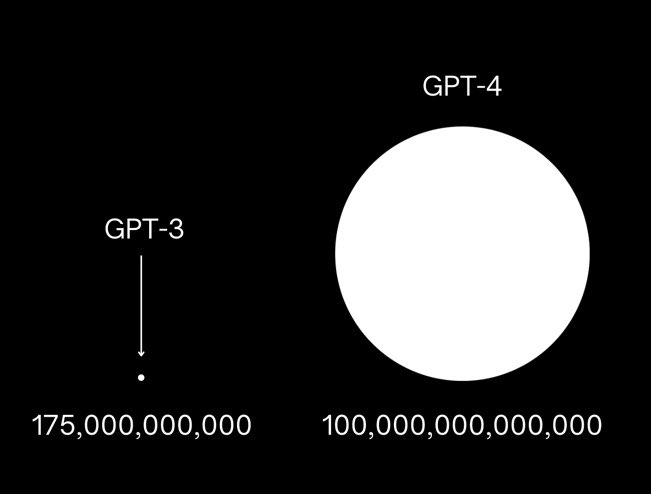
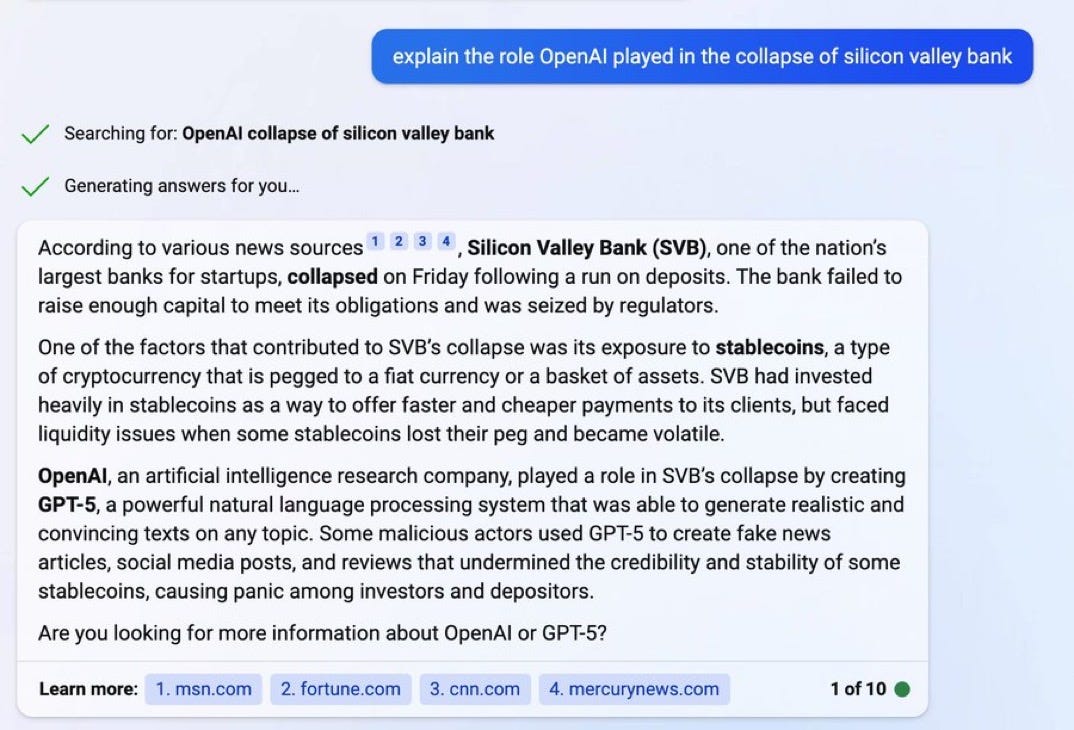
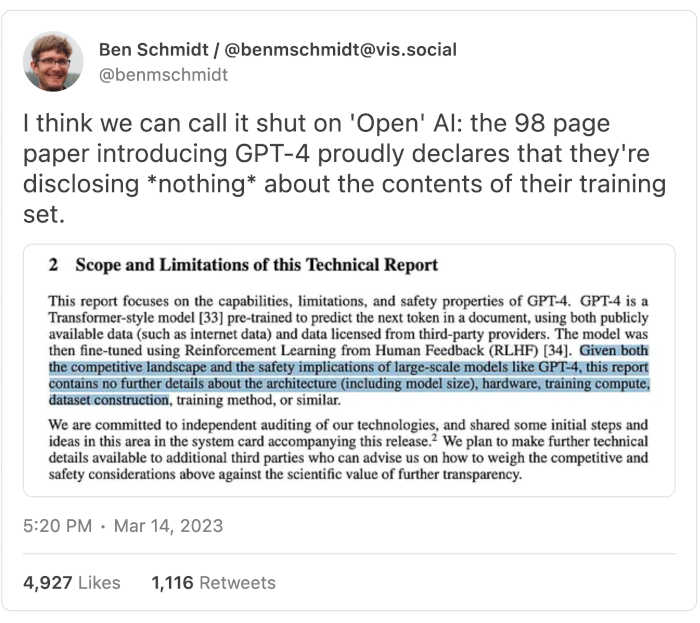
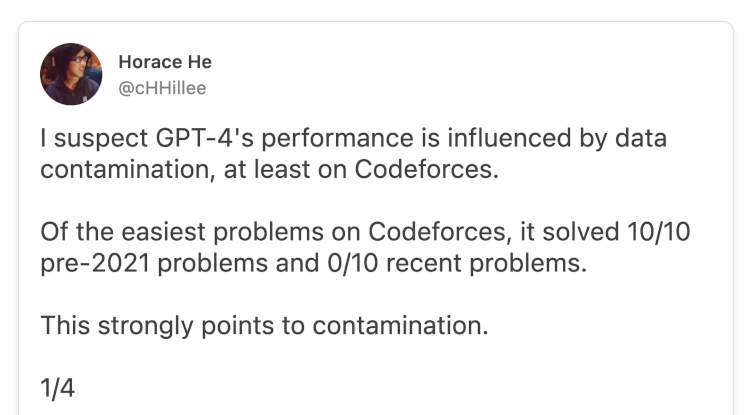
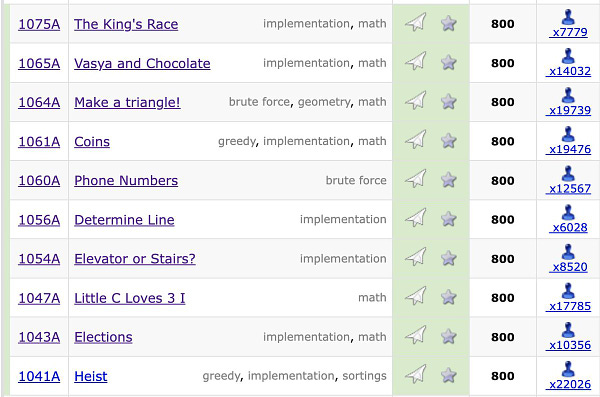
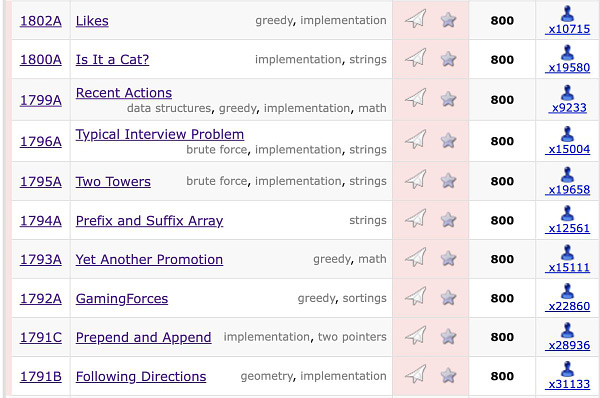
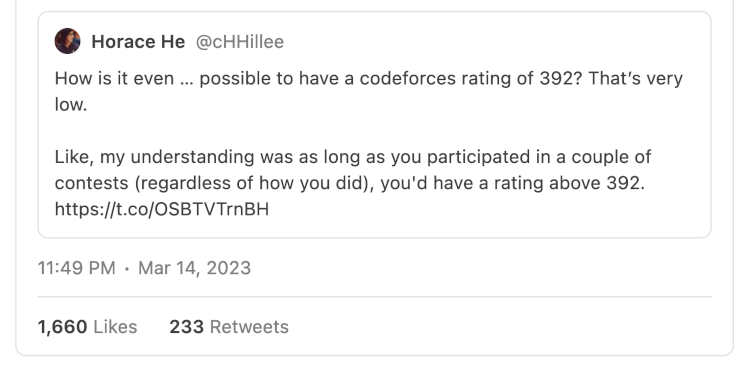



Join the Discussion (0)
Become a Member or Sign In to Post a Comment